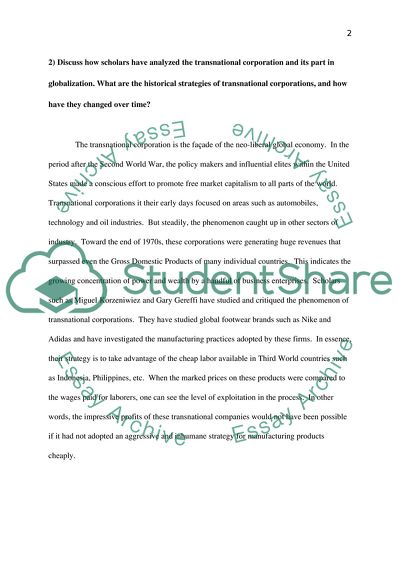Cite this document
(Current and Future Economic Development in Both the US and the Rest Assignment Example | Topics and Well Written Essays - 1500 words, n.d.)
Current and Future Economic Development in Both the US and the Rest Assignment Example | Topics and Well Written Essays - 1500 words. https://studentshare.org/macro-microeconomics/1731378-political-economy-of-globalization
Current and Future Economic Development in Both the US and the Rest Assignment Example | Topics and Well Written Essays - 1500 words. https://studentshare.org/macro-microeconomics/1731378-political-economy-of-globalization
(Current and Future Economic Development in Both the US and the Rest Assignment Example | Topics and Well Written Essays - 1500 Words)
Current and Future Economic Development in Both the US and the Rest Assignment Example | Topics and Well Written Essays - 1500 Words. https://studentshare.org/macro-microeconomics/1731378-political-economy-of-globalization.
Current and Future Economic Development in Both the US and the Rest Assignment Example | Topics and Well Written Essays - 1500 Words. https://studentshare.org/macro-microeconomics/1731378-political-economy-of-globalization.
“Current and Future Economic Development in Both the US and the Rest Assignment Example | Topics and Well Written Essays - 1500 Words”. https://studentshare.org/macro-microeconomics/1731378-political-economy-of-globalization.


